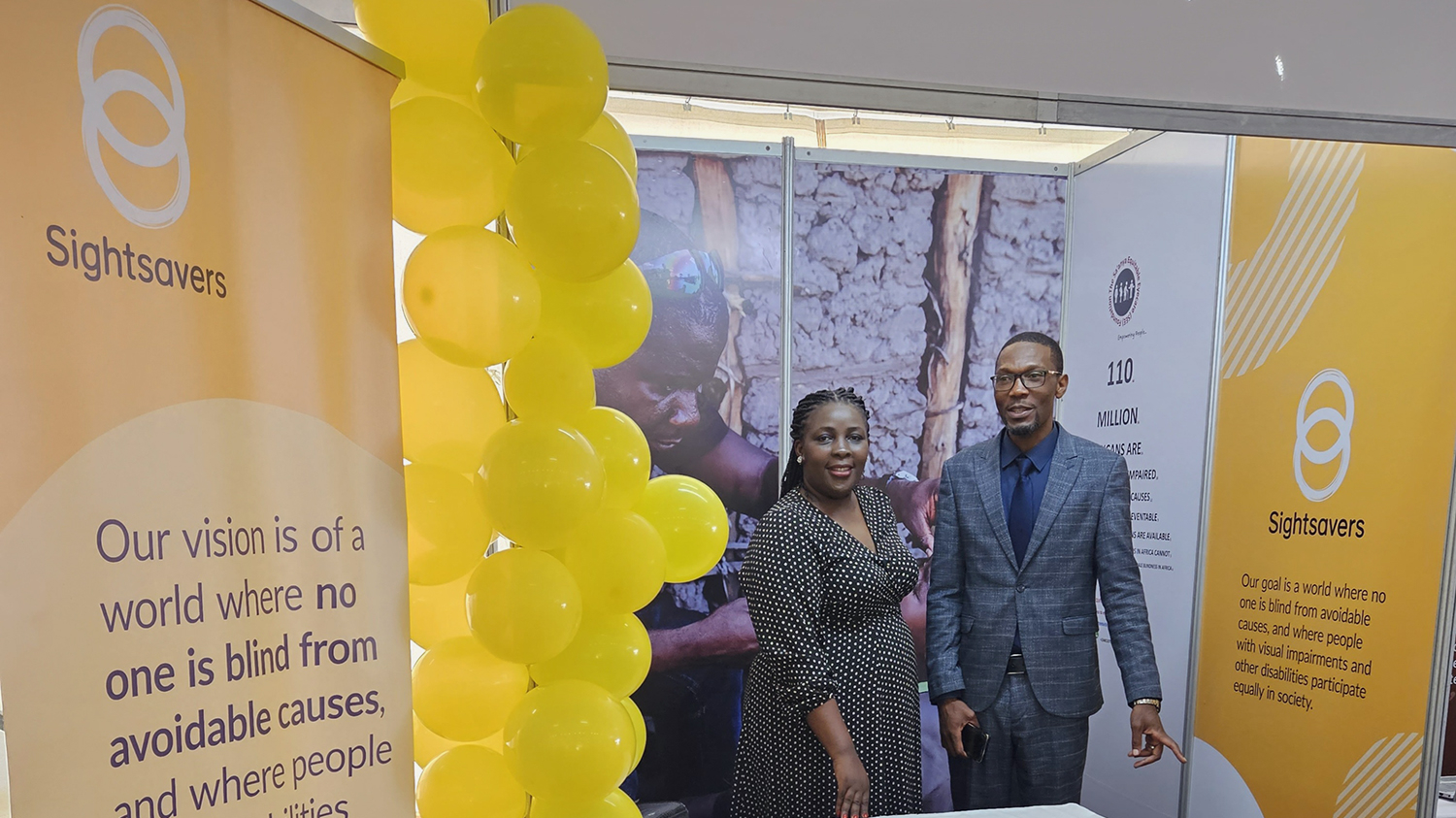

4. We need to talk about (and fund) healthcare as a whole, not about individual diseases.
Funding is often allocated to projects that address individual diseases rather than healthcare as a whole. But the health care system does not work effectively if someone is successfully treated for HIV and then dies from a non-communicable disease (for example).
We need to look at healthcare as a system, not a disease. We need an integrated approach to health and one in which we do not fund parallel programs or address individual diseases. At CPHIA, there seemed to be a consensus among attendees that this is the best approach, but the problem appears to be that funds have already been committed to programs that address a single disease over a period of time, perhaps over the next five to ten years. . . Who has the power to reallocate funds or change that?
When we talk about a comprehensive and integrated approach to healthcare, we must ensure that eye health is on the table and one of the priorities.
5. Eye care should be included in primary health care
Conference sessions explored how improving primary health care improves the overall health system. It was very interesting for me to see everyone realize that we need health security to achieve universal health coverage.
Next, we need to make sure that eye health is included at the primary level, so that when we drive that agenda, we are also driving the integration of eye care into primary health care.
It was promising to see sessions discussing what percentage of the health budget goes to primary health care. How much do we expect from our medical care? If we believe that improving primary level services will solve most problems, is this reflected in the budget? Or are we simply pressuring primary health care to achieve something without adequate resources?
6. Technology is exciting, but you have to be careful
The conference was instrumental in expanding my understanding of where Africa and the rest of the world are headed in innovation and technology, both of which developments impact eye health. Technology and innovation are good, but they also have their disadvantages. Therefore, a proper governance structure for innovation and technology at different levels is necessary. There are also questions about how we regulate technology and aspirations to ensure we use it to complement our existing work, not to create more parallel systems.
I think we should see how technology can help us. For example, when it comes to diagnostics, we need to look at technology or innovations that can help us reach the people furthest behind.
So how are those diagnoses fed back and how is this data captured in the health system?
Final thoughts
I feel a deep sense of responsibility to play my role, however small, in ensuring that everyone has access to high-quality, sustainable and equitable health services when they need them. No one should suffer the tragedy of avoidable blindness.
Currently, 1.1 billion people worldwide have an untreated or preventable visual impairment. And the problem is growing: without urgent improvement of eye health services around the world, 61 million people could become blind by 2050.
Eye health needs to be prioritized as part of a comprehensive approach to primary health care and universal health coverage. While progress has been made, work still needs to be done to ensure that eye health services are an integral part of national healthcare.
Countries should ensure that eye health is represented in health care planning, resourcing and financing.
Because? Because eye health equals opportunity, allowing children to learn and adults to win. It equals greater well-being: supporting families, communities and nations to thrive. And it equates to progress towards reducing poverty and inequality.







